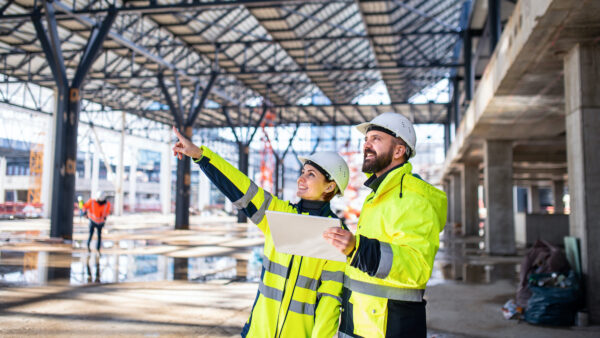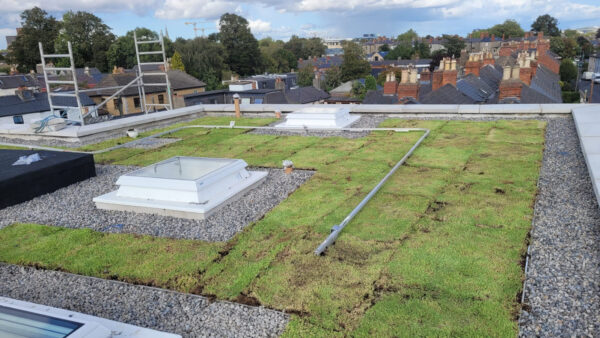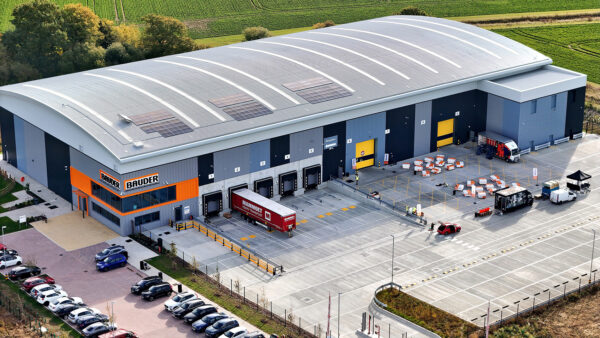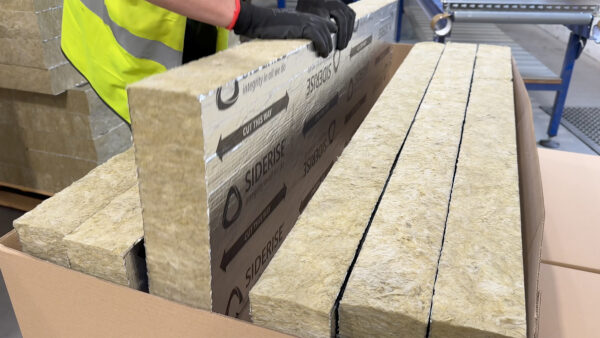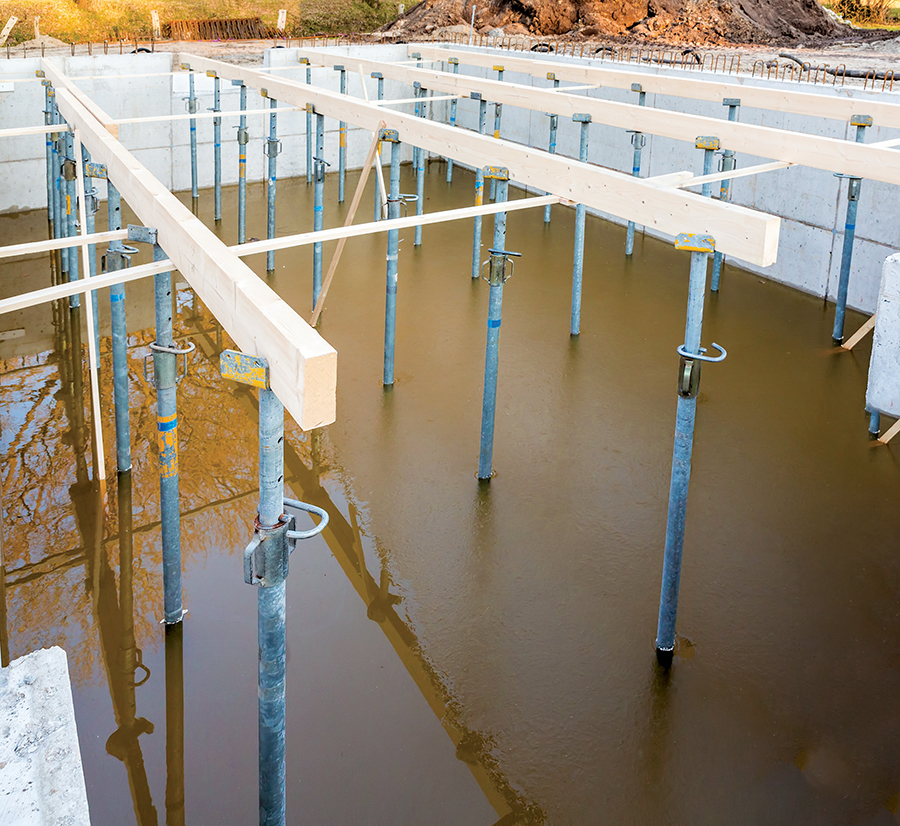
Construction sites are often at risk of being exposed to an influx of water from many sources. Premierline offers a guide to mitigating the risks of wet sites.
Construction sites are often at risk of being exposed to an influx of water, mainly from outdoor sites exposed to rain, or even indoor sites where a contractor may be fixing a leak.

Water on site can represent a significant risk to you, your team and visitors, so take a look at some of these tips to either prevent excess water or mitigate the risks of water at your site.
How water could become a hazard
Rain
If your site is outdoors, it may be exposed to the weather. The UK is well known for wet weather, and rain can appear at any time of the year.
Flooding
If your site is close to a moving body of water, like a river, stream or sea, it could experience a flood if that water escapes.
Leaking pipes
If you are working in a property, either building, demolishing or general plumbing work could run the risk of a water pipe leaking.
Spilled beverages
Your team must have access to drinking water. However, if you have a designated area for drinking, use can create spills. If your team have cups, mugs or drinking bottles on site, they could spill their drink by accident.
Washing down equipment
To keep your tools free from rust and dirt, they should be cleaned following use, but cleaning tools could also lead to standing water at your site.
Identifying and managing site risks
Slips and trips
The most common workplace injury in the UK in 2019/20 was slips or falls (on level ground), according to the HSE.
A build-up of standing water can increase the chances of an accident from slipping. Encourage your team to report standing water, and act immediately by putting out signage so people are aware of the danger. Depending on how much water is present, a member of staff can try to get rid of it using cleaning equipment, but a sign should remain in place.
Electric shock risks
If you are working to fix electrical faults, you should be aware of any water on your worksite. The salt and metal ions in water are conductors of electricity, meaning that if electricity comes into contact with water it can be dangerous. It doesn’t take a lot of water to conduct a fatal shock, so ensure the area you are working in is completely free of water.
Water-related erosion
If rain is heavy, water can erode surfaces, leading to unstable and potentially unsafe walkways. Unstable surfaces should be reported as soon as they are noticed, and signage placed to warn others.
Exposure to stagnant water
Stagnant water can be a breeding ground for parasites or bacteria and if accidentally ingested can make a team member or visitor very unwell. Ensure your site has good drainage to prevent both slip hazards and stagnation.
Legionnaires’ disease
If you are working around cooling towers, dry or wet cooling systems, hot or cold water systems, spa pools, humidifiers, air washers and other hot water storage systems, you could be at risk of Legionnaires’ disease, which causes respiratory illness in the form of swelling in the lungs. It is caused by legionella bacteria, which can grow in water where temperatures are between 20-45°C and can feed off rust, sludge, scale, organic matter and biofilms.
Tradespeople and contractor insurance with Premierline
Whatever type of work you do as a contractor, you need to ensure that you are protected should the worst happen. Different types of business have different insurance needs, whether employers’ liability insurance required by law, or commercial vehicle insurance to protect their assets.
Premierline specialises in arranging insurance for contractors, freelancers and consultants. Call 0330 102 6158 to speak to an advisers today.
This article has been created by Construction Manager in partnership with Premierline.




